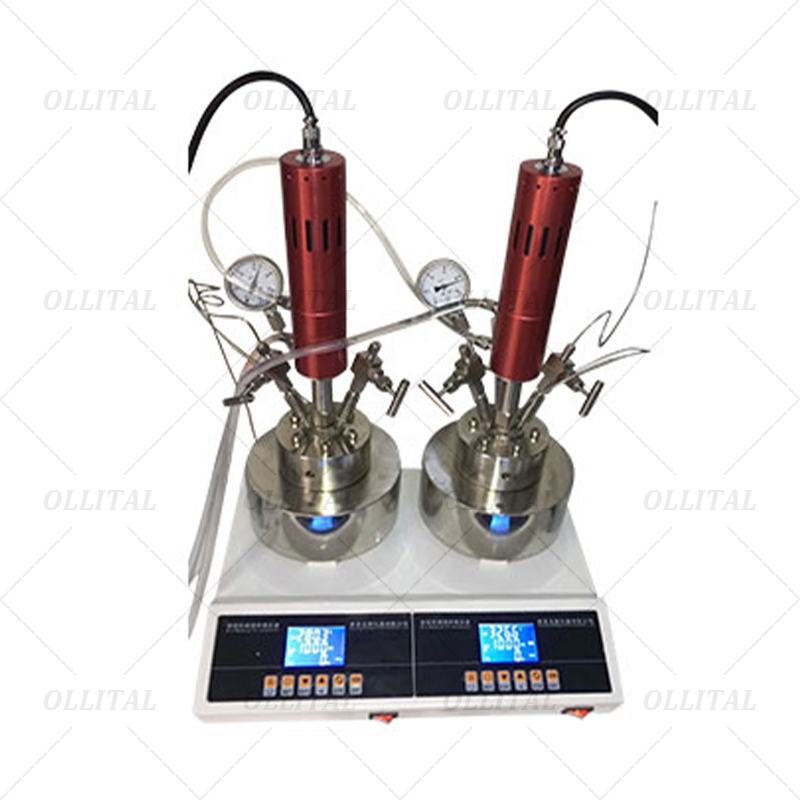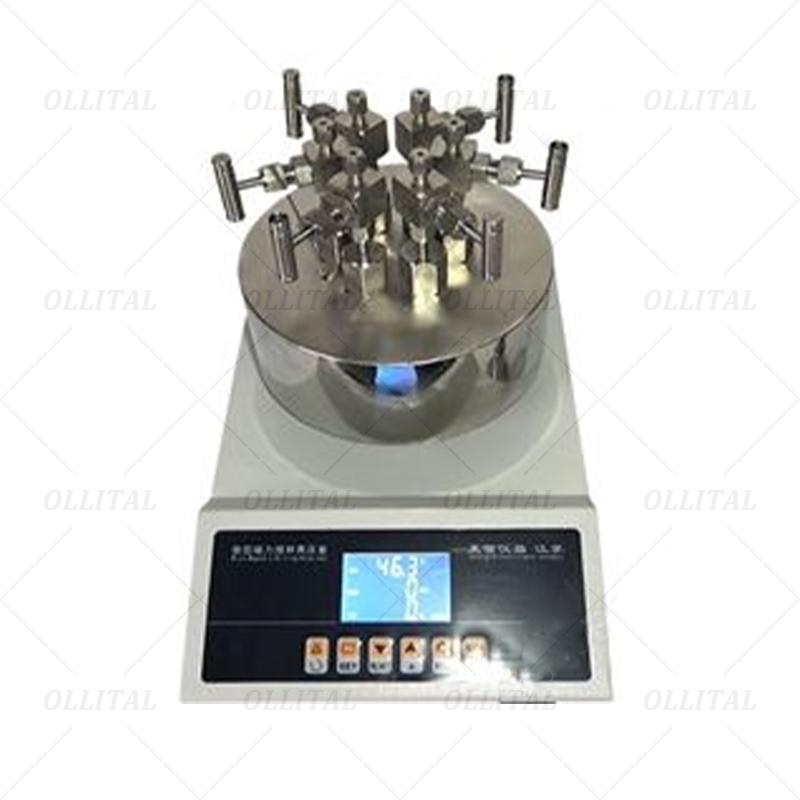Photochemical reactors are increasingly used in fields such as chemistry, pharmaceuticals, and materials engineering. It promotes the reaction by providing a specific lighting environment, and is usually used in scenarios involving photosensitization reactions or where the intensity and wavelength of light need to be controlled. When using a photochemical reactor, it is critical to ensure the safety and accuracy of the pressure during the reaction. So, how should a photochemical reactor measure the pressure? This article will explain it to you.
The significance of pressure measurement in a photochemical reactor
The inside of a photochemical reactor usually experiences different temperature and pressure fluctuations, especially in high-pressure or high-temperature reactions. In order to ensure the safety and efficiency of the reaction process, pressure measurement is a very important operation. By accurately measuring the pressure inside the reactor, overpressure can be effectively prevented, ensuring that the reactor operates within the designed pressure range, thereby ensuring the stability of the reaction and the yield of the reactants.
Common methods for measuring pressure in photochemical reactors
Built-in pressure sensors Modern photochemical reactors are usually equipped with built-in pressure sensors, which can monitor the pressure changes in the reactor in real time. These sensors can transmit pressure signals to the control system for real-time data recording and alarms. Once the pressure inside the reactor exceeds the set range, the system will automatically sound an alarm and take necessary protective measures.
External pressure monitoring system For some reaction processes that require more precise and complex operations, the reactor can be equipped with an external pressure monitoring device. The external pressure monitoring system can manage and monitor the pressure of multiple reactors more flexibly, especially in large-scale production. The external system can centrally manage the data of multiple reactors and make adjustments based on real-time feedback.
Pressure valve and automatic exhaust device In order to avoid damage to the equipment due to excessive pressure, some photochemical reactors are equipped with automatic exhaust valves and pressure release devices. These devices can automatically release excess gas when the pressure is too high to prevent the pressure inside the reactor from getting out of control.
Product recommendation
If you are looking for an efficient and safe photochemical reactor, the following products will be your ideal choice:
Ollital Photochemical Reactor System
Equipped with high-precision pressure sensors and temperature control systems, it is suitable for various photochemical reactions. Equipped with intelligent software, it can monitor the pressure inside the reactor in real time and has an overpressure alarm function to ensure experimental safety.
Ollital high-end photochemical reactor
High-precision pressure monitoring and temperature control system, with multiple safety protection designs, ensures stability during high temperature and high pressure reactions. The equipment can be used for a variety of complex reactions such as gas-liquid reactions and photocatalysis.
Ollital standard photochemical reactor
Suitable for general laboratory reaction needs, integrated pressure monitoring device, and supports remote data transmission and control, simple operation and easy maintenance.
Conclusion
For photochemical reactors, pressure measurement is not only a basic operation to ensure experimental safety, but also an important means to improve experimental accuracy and optimize the reaction process. Choosing a suitable photochemical reactor and equipping it with an accurate pressure monitoring system can effectively avoid experimental accidents caused by improper pressure and ensure that every reaction can be completed smoothly.
If you have any needs or questions about photochemical reactors, please feel free to contact us. We will provide you with professional equipment and solutions to help your research and production!
Click here to learn more about photochemical reactor products

